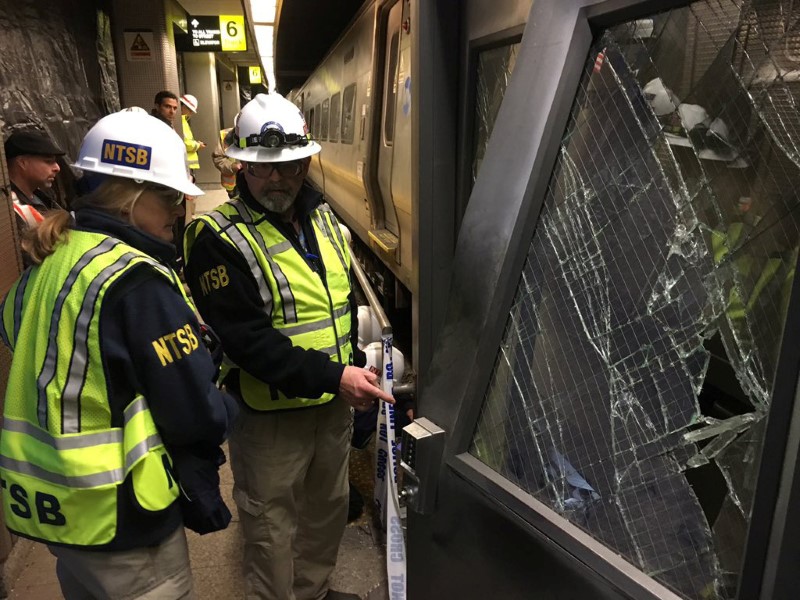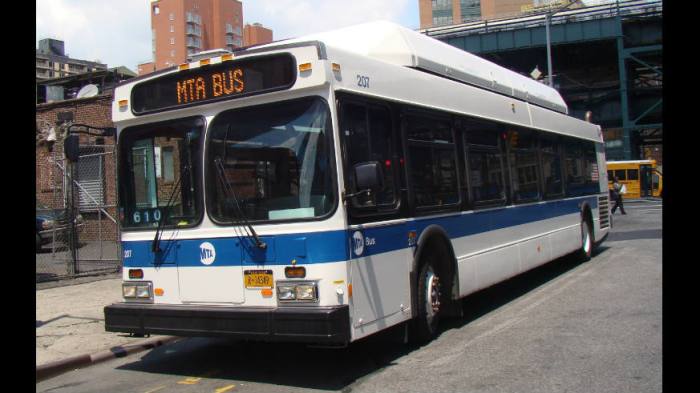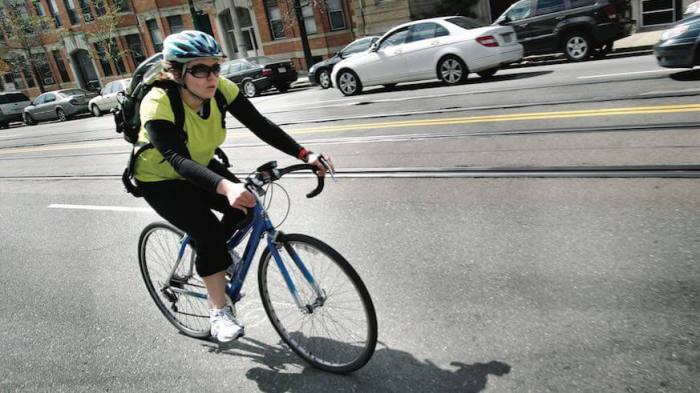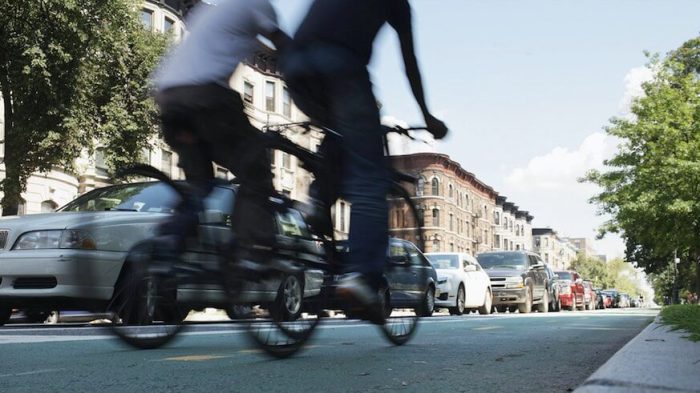The commutertrainthat crashed at a busy Brooklyn terminal on Wednesday appeared to be traveling at more than twice the speed limit, and the operator has said he does not remember the moment of impact, federal investigators said Thursday. The speed limit for the Long Island Rail Roadtrainwas five miles per hour at the location of the crash. “Right now, we believe the collision at the end of the track was over 10 miles an hour” when thetraincollided with a bumper at Atlantic Avenue Terminal at 8:20 a.m. on Wednesday, Ted Turpin, an investigator with the National Transportation Safety Board, said. The accident left more than 100 people with injuries that officials said weren’t life-threatening.
The engineer “does recall entering into the station and controlling the speed of thetrain,” Turpin said at a news conference. “But then the next thing he realized was after the collision.” The 50-year-old engineer, whose identity hasn’t been disclosed by authorities, has operatedtrains for LIRR since 2000 and has worked night shifts for more than a decade.
He was coming to the end of his first shift, which began sometime after midnight, after three days off, Turpin said. The engineer has undergone drug testing, but results are not yet available.
The crash was similar to a September incident in which a New Jersey Transittrainplowed into a terminal in Hoboken, New Jersey. One woman died and 114 people were injured.
Investigators expect to begin checking on Thursday night whether signals were functioning properly along the track, Turpin said.
In addition, most of thetrainwill be removed from the station by Friday so investigators can inspect the equipment to ensure the power, brakes and other systems were working, Turpin said. The lead car, however, may take some time to extract from the station. An injured passenger, Clifford Jones, on Thursday filed the first of what could be dozens of legal claims against the Metropolitan Transportation Authority, which operates the LIRR.
Jones is seeking $5 million in damages for “serious and severe personal injuries,” according to the claim.
“The NTSB needs to get to the bottom of the cause so that this doesn’t happen to other New Yorkers,” said his attorney, Sanford Rubenstein.
An MTA spokesman declined to comment.
The collision is one of several in recent years that have focused attention on how rail agencies screen their operators for potential health problems, particularly sleep disorders.
LIRR train was traveling at twice the speed limit: Crash investigators

NTSB/Handout via Reuters























